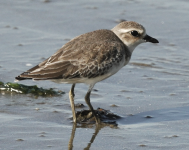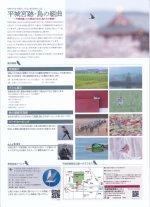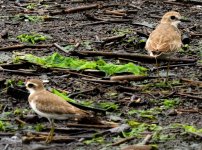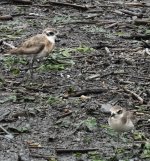noujun
Active member

Hello everyone,
I captured this photo of what I believe to be a juvenile Lesser Sand Plover (Charadrius mongolus) in Japan about a week ago. It was roughly the same size as several other adults that were in transition from alternate to basic plumage. However, I noticed that only this individual seemed to have a thicker bill.
How likely do you think it is that this could be leschenaultii? Also, are there any specific features that would definitively identify it as one subspecies over the other? I would greatly appreciate the insights of the more experienced birders here.
I captured this photo of what I believe to be a juvenile Lesser Sand Plover (Charadrius mongolus) in Japan about a week ago. It was roughly the same size as several other adults that were in transition from alternate to basic plumage. However, I noticed that only this individual seemed to have a thicker bill.
How likely do you think it is that this could be leschenaultii? Also, are there any specific features that would definitively identify it as one subspecies over the other? I would greatly appreciate the insights of the more experienced birders here.










